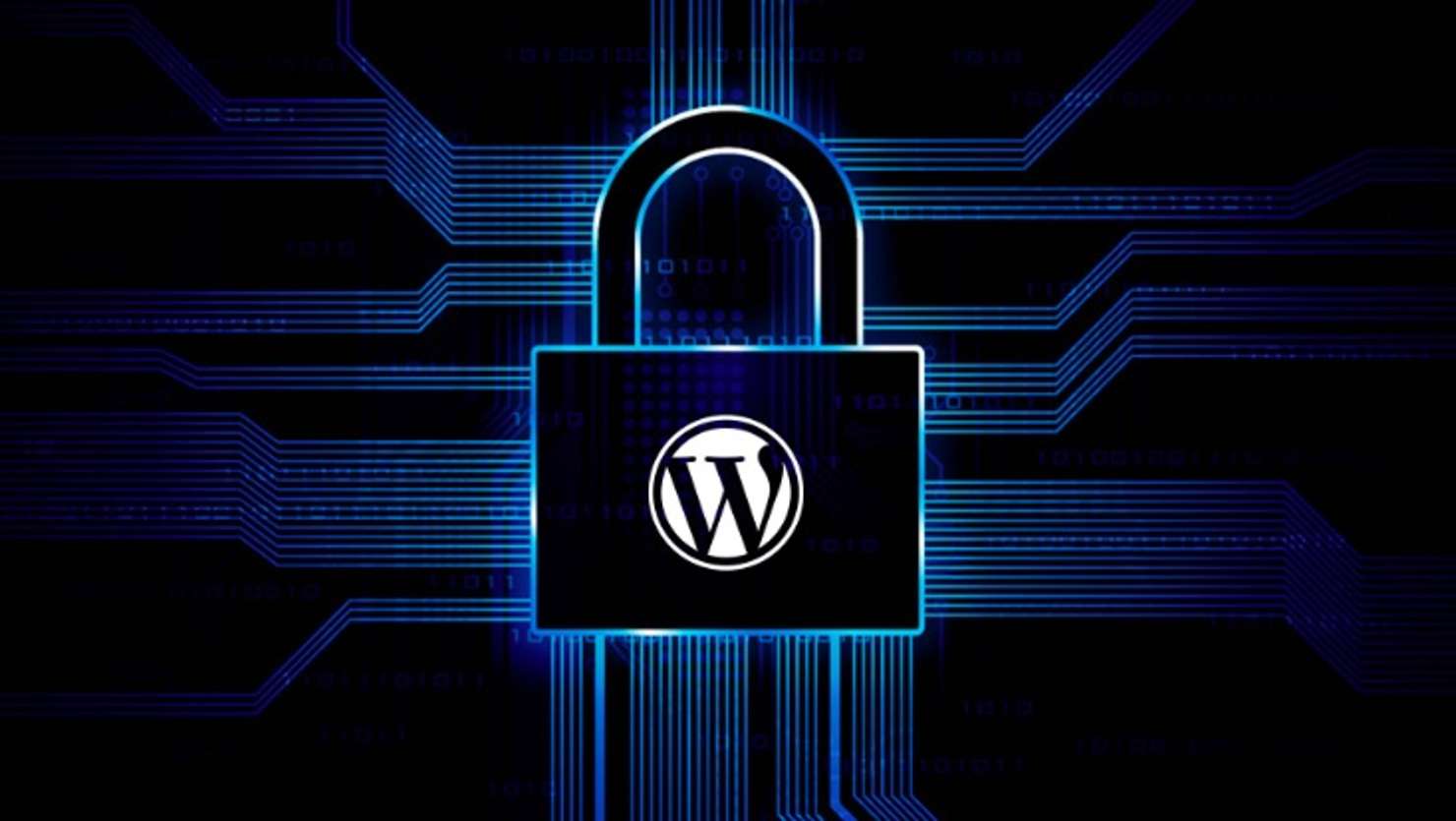WordPress is a powerhouse that fuels over 40% of the web, making it a prime target for hackers. With so many websites relying on this platform, it’s no surprise that cybercriminals are constantly seeking ways to exploit vulnerabilities—particularly through plugins.
While plugins can enhance the functionality and user experience of your site, they can also introduce significant security risks. Vulnerable plugins are the biggest reason why WordPress sites are hacked. In fact, 55.9% of the attacks on WordPress are due to vulnerable plugins.
The Illusion of Safety
It’s easy to assume that well-known and widely-used plugins are inherently safe. After all, thousands of users can’t be wrong, right?
Unfortunately, that’s not always the case. Even the biggest names in the plugin world can have vulnerabilities that attackers can exploit, leading to severe consequences for website owners.
Are WordPress plugins secure?
No plugin is 100% secure. However, there are some straightforward steps you can take to minimize the risk of your WordPress plugins becoming infected with malware.
To ensure you’re using reliable plugins, consider purchasing from reputable sources like CodeCanyon, the official WordPress plugin repository, or other trusted third-party stores.
That said, it’s important to acknowledge that almost nothing can fully protect you from zero-day exploits—those vulnerabilities that are unknown to developers and, therefore, unpatched. Staying vigilant and proactive is key, but the reality is that zero-day threats can still pose a significant risk.
A Personal Experience
Let me share a cautionary tale from my own experience. I had been using the LiteSpeed Cache plugin on my website, a tool that many consider reliable and essential for optimising site performance.
I trusted it implicitly, believing that its reputation would protect me from any security threats. But that trust was misplaced.
Recently, my website was brought down by a malicious actor who discovered a zero-day exploit within the LiteSpeed Cache plugin. Because this was a zero day hack, not even my Wordfence or Cloudflare firewall could keep my site protected.
In a matter of moments, my carefully curated content management system (CMS) was crippled, leaving my site vulnerable and inaccessible. It was a harsh reminder that even trusted plugins can turn into gateways for hackers.
The security issue is tracked as CVE-2024-28000 and allows escalating privileges without authentication in all versions of the WordPress plugin up to 6.3.0.1.
The vulnerability stems from a weak hash check in the plugin’s user simulation feature which can be exploited by attackers brute-forcing the hash value to create rogue admin accounts.
This was the second time this year that hackers have targeted LiteSpeed Cache. In May, attackers used a cross-site scripting flaw (CVE-2023-40000) to create rogue administrator accounts and take over vulnerable websites.
At the time, WPScan reported that threat actors began scanning for targets in April, with over 1.2 million probes detected from a single malicious IP address.
The Reality of Vulnerabilities
WordPress plugins are often developed by third-party developers who may not always adhere to the best security practices. This means that every plugin you install introduces potential vulnerabilities into your site.
When you consider the sheer volume of plugins available in the WordPress ecosystem—59,000 free plugins in the WordPress Plugin Directory and over 5,200 paid plugins at last count—the odds of encountering a problematic one increase significantly.
Moreover, a plugin’s popularity does not guarantee its security. Just because thousands of sites are using it doesn’t mean it hasn’t been compromised or doesn’t have hidden vulnerabilities.
In fact, the very attributes that make a plugin popular—like functionality and ease of use—can sometimes overshadow security considerations.
The Importance of Plugin Vigilance
Given the potential risks, what can you do to protect your site? Here are some essential steps:
- Be Selective: Choose plugins wisely. Opt for reputable plugins from trusted developers, and pay attention to user reviews and ratings.
- Stay Updated: Regularly check for updates to both WordPress and your plugins. Developers often release patches to fix known vulnerabilities, and failing to update could leave your site exposed.
- Audit Regularly: Take the time to audit your plugins periodically. Remove any that you no longer use or that don’t provide clear benefits to your site.
- Implement Security Measures: Use security plugins that offer features like malware scanning, firewall protection, and login attempt monitoring. These tools can add an extra layer of defense against potential threats.
- Monitor Security Advisories: Keep an eye on security advisories related to the plugins you use. Many websites and forums discuss known vulnerabilities, helping you stay informed.
Plugin Security Summary
Trust can be a double-edged sword. While plugins can significantly enhance your site’s functionality, they can also introduce security vulnerabilities that may leave you exposed to attacks.
My experience with the LiteSpeed Cache plugin was a painful lesson in the importance of vigilance. As WordPress continues to power a vast portion of the web, it remains a prime target for hackers looking to exploit weaknesses through plugins.
Don’t fall into the trap of complacency. Always prioritise security in your WordPress strategy, and remember: even the most trusted plugins can lead to disaster if you’re not careful. Stay informed, stay proactive, and safeguard your online presence!







